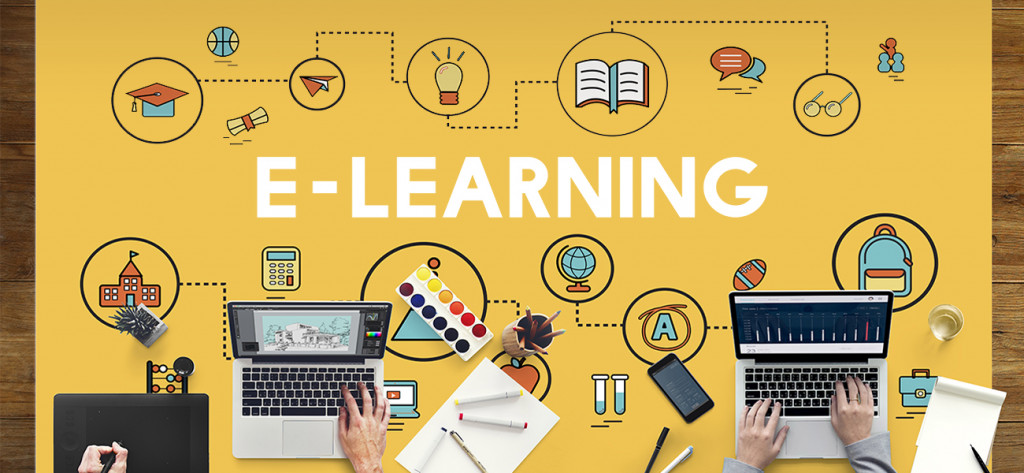
In the rapidly evolving landscape of education, eLearning animation has emerged as a pivotal tool for delivering knowledge across the globe. Among the myriad of techniques that eLearning employs, animation stands out as a particularly powerful medium. This blog explores why animation is essential for eLearning and how it transforms traditional educational paradigms.
1. Engagement and Motivation
One of the most significant challenges in eLearning is keeping learners engaged. Elearning Animation addresses this issue by transforming static content into dynamic, visually appealing experiences. Vibrant animations capture attention and sustain interest, making learning more enjoyable and less monotonous.
2. Simplifying Complex Concepts
Complex concepts can often be daunting and difficult to grasp through text alone. Animation can break down intricate ideas into simpler, more digestible visual representations. For example, in a biology course, animations can illustrate cellular processes in a way that is much easier to understand than through descriptive text.
3. Enhancing Retention and Recall
Studies have shown that visual memory is more robust than verbal memory. Animations, with their combination of movement, color, and sound, can enhance retention by creating stronger memory traces. Learners are more likely to recall animated content, making it a valuable tool for long-term learning.
4. Catering to Different Learning Styles
Learners have diverse preferences and learning styles. While some may excel with textual information, others may find visual or kinesthetic inputs more effective. Animations cater to visual and auditory learners by providing content in a format that aligns with their learning preferences, thus broadening the appeal and effectiveness of eLearning courses.
5. Illustrating Abstract Ideas
Abstract concepts, such as mathematical theories or philosophical ideas, can be challenging to convey through text alone. Animation can bring these abstract ideas to life, providing concrete visuals that make abstract concepts more tangible and comprehensible.
6. Interactive Learning Experiences
Interactive animations take engagement a step further by allowing learners to interact with the content. This could be through clickable elements, drag-and-drop activities, or interactive simulations. Such interactivity not only makes learning fun but also enhances understanding by involving learners in the learning process.
7. Consistency in Delivery
In traditional classroom settings, the effectiveness of the delivery can vary significantly depending on the teacher. Animations ensure a consistent delivery of content every time they are viewed. This uniformity helps maintain a standard quality of education across different cohorts and geographical locations.
8. Accessible Anytime, Anywhere
Animations in eLearning materials are accessible anytime and anywhere, making them an excellent resource for self-paced learning. Learners can revisit animations as often as needed to reinforce understanding, providing flexibility that traditional classroom settings often lack.
9. Cost-Effective and Scalable
While creating high-quality animations requires an initial investment, they can be reused and scaled across multiple courses and programs without significant additional costs. This scalability makes animations a cost-effective solution for widespread educational initiatives.
10. Future-Ready Learning
As technology continues to advance, the role of animation in education is only set to grow. With the advent of virtual reality (VR) and augmented reality (AR), the possibilities for immersive animated learning experiences are expanding, promising even more engaging and effective educational tools in the future.
Conclusion
Animation is not just an accessory in eLearning; it is a transformative tool that enhances engagement, simplifies complex concepts, and caters to diverse learning styles. By harnessing the power of animation, educators and eLearning professionals can create compelling, effective, and memorable learning experiences that prepare learners for the demands of the modern world. As we move further into the digital age, the integration of animation in eLearning will undoubtedly continue to play a crucial role in shaping the future of education.